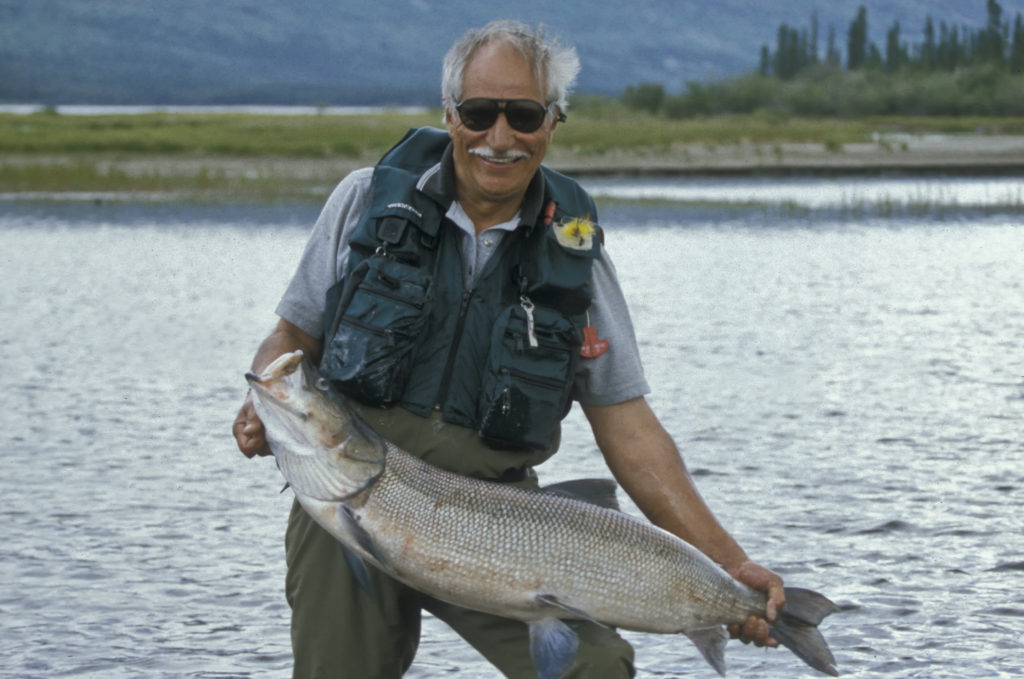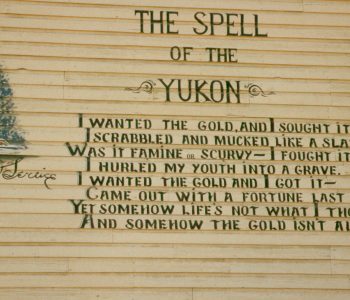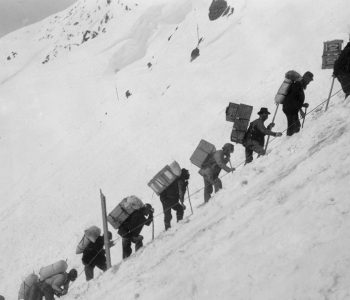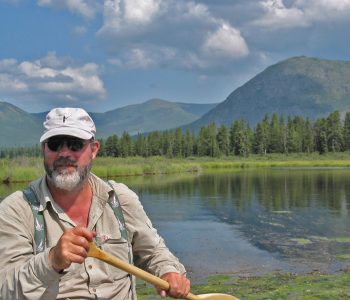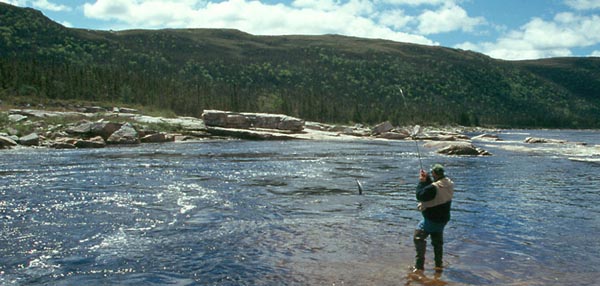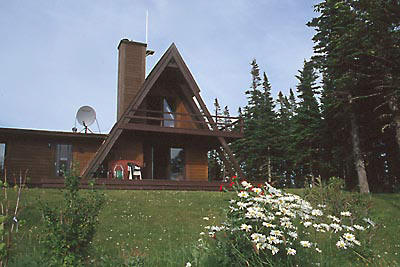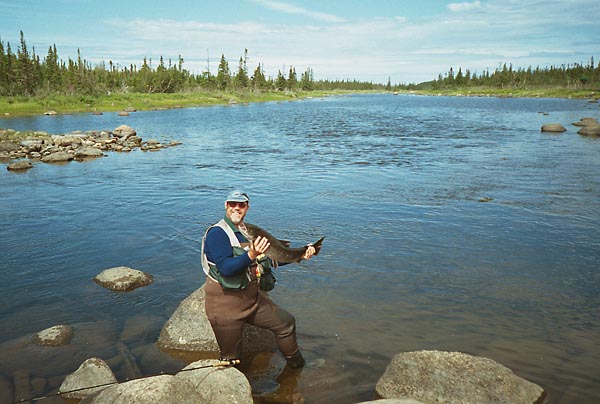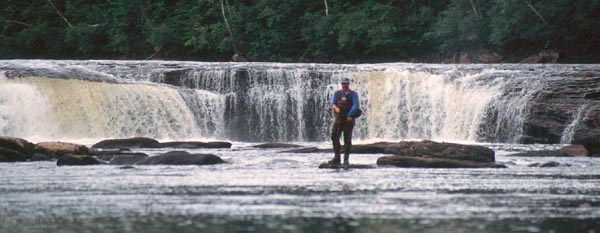
Catch me if you can
by Hans van Klinken
Alaska and British Columbia hold most of the world’s angling community in a thrall. But the spell never took hold for me. The Yukon has captured my Dutch heart. The fishing pressure is light, which is part of its frontier allure. Yet it still offers big challenges. One of the greatest challenges I first encountered in the Yukon was that of catching its plentiful, yet elusive, species of whitefish. Over the years, my passion for catching grayling in Europe put me in frequent contact with whitefish. Eventually, I developed an interest in them too, and, later, discovered several techniques for landing these spirited fighters.
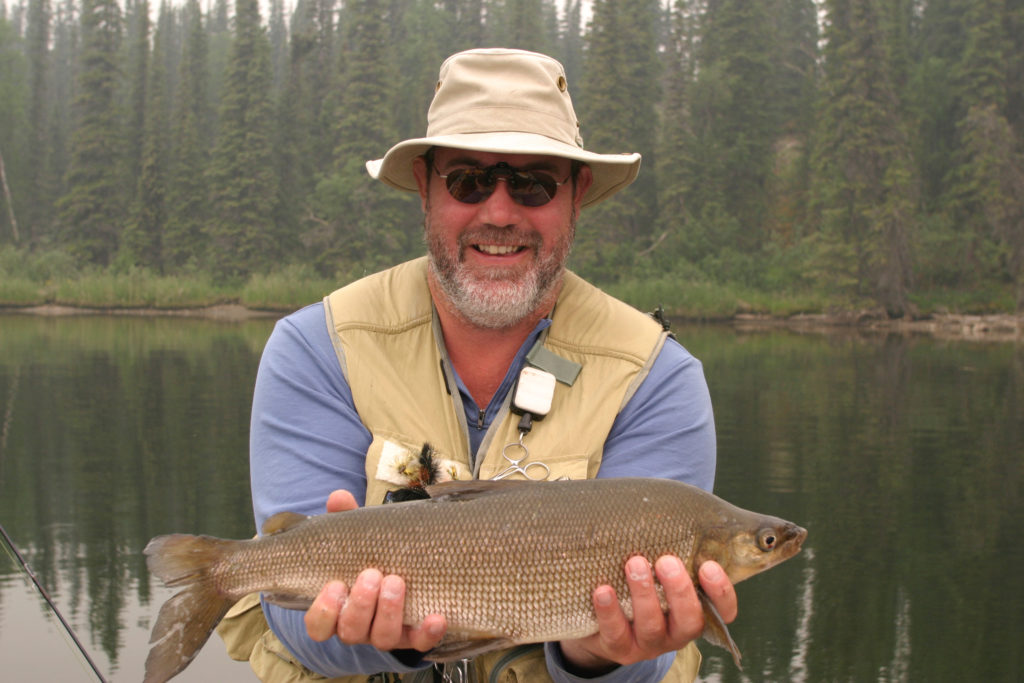
Some of the whitefish in the Yukon behave differently than the whitefish in Europe, but the general attitude toward them remains the same: they can be extremely difficult to catch. Part of the challenge for the angler lies in the fact the fish have small, soft mouths. But they seem to be easier to take in some lakes and rivers. In others, such as the Yukon’s Dogpack Lake and Tincup Lake, the task was nearly impossible, or so I was told, especially if you fished with flies.
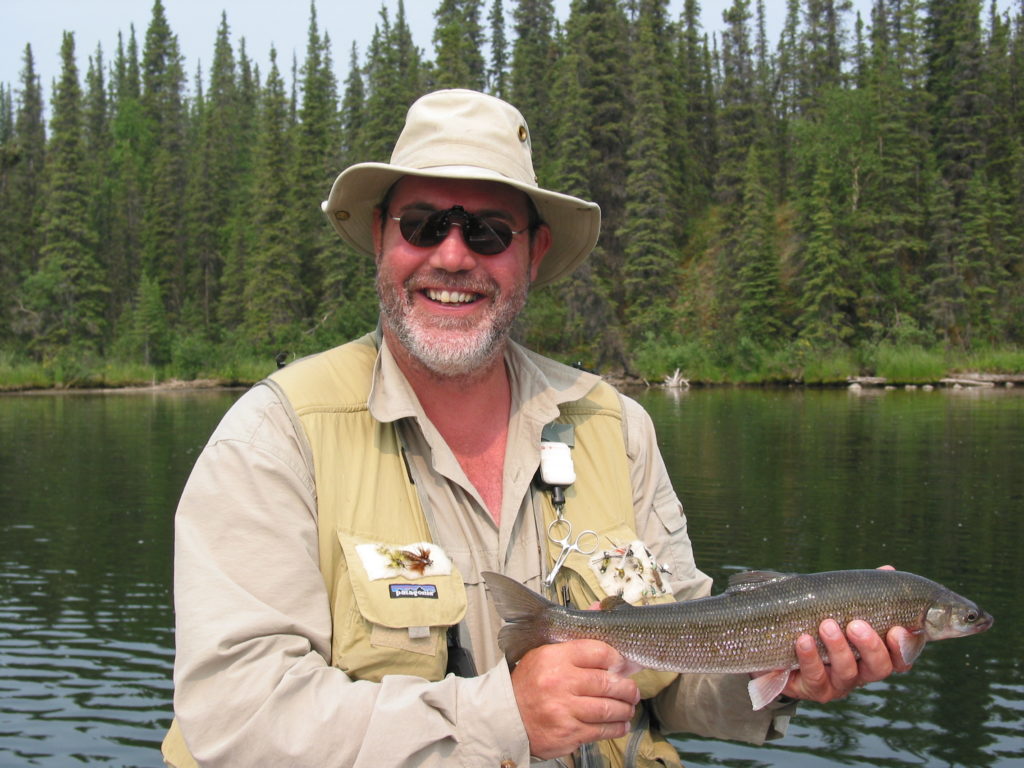
I took these comments and warnings as a challenge. I was determined to develop a successful technique, which I eventually did. It wasn’t easy. It took me several days of experimental fishing on no less than two trips to the Yukon. Even after discovering fly patterns that tempted these subtle takers, I still had to figure out how to land them. It all came together when I reached back to an old Scandinavian trick of using small, curved hooks. It worked like a charm and since I found the trick, Ina and I enjoyed many days of excellent whitefishing.
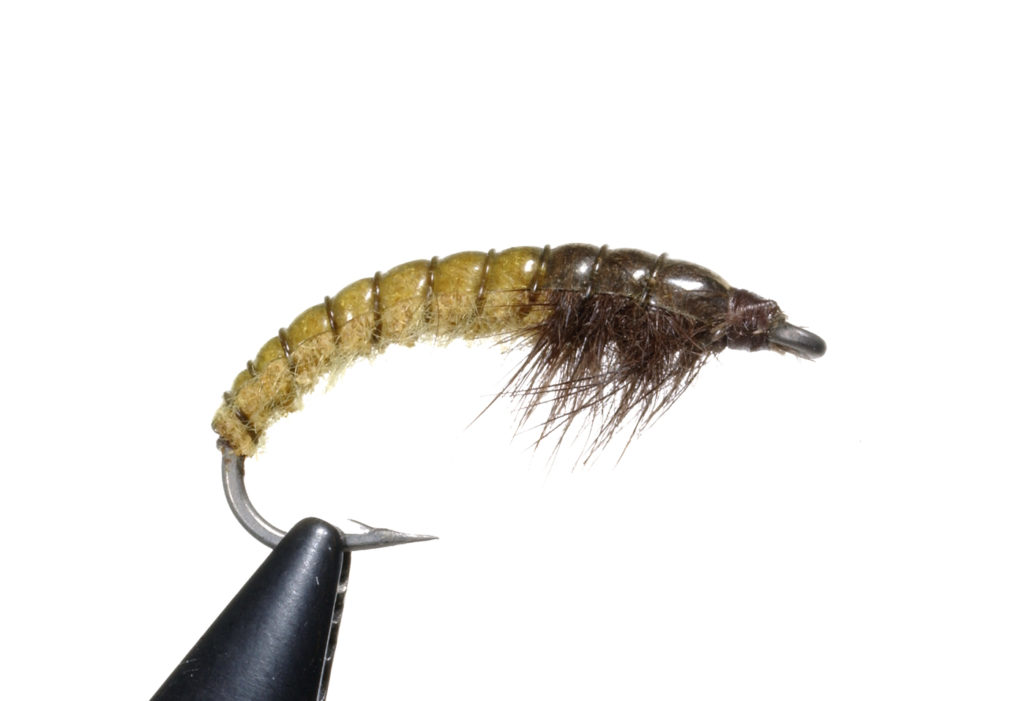
About this time, I became captivated by a particular species of whitefish known as the inconnu. I first heard of these sleek and silvery cousins of lake and round whitefish while visiting Inconnu Lodge on McEvoy Lake in the southeastern region of the Yukon. It was the sight of two mounted trophies at the lodge’s main building that whet my appetite. Inconnu – the name comes from the French word for ‘unknown’ – frequently weigh in at five pounds to 10 pounds, but they can grow much bigger. The record at Inconnu Lodge stands at more than 30 pounds.
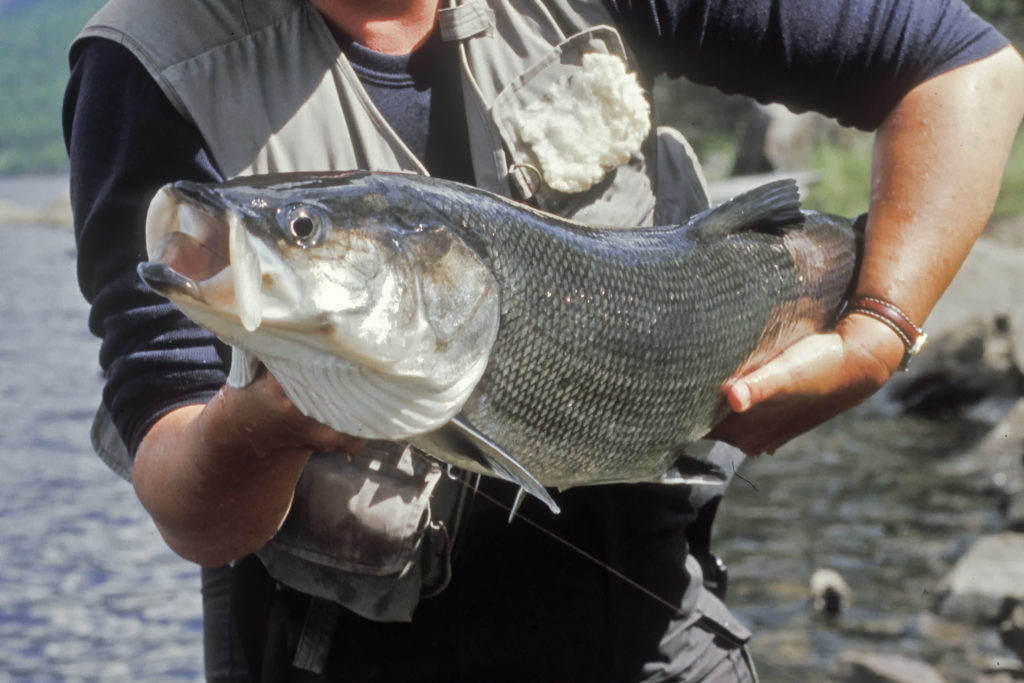
Eaters of minnows, ciscoes and salmon fry, and inconnu are usually fished with silver spoons and other lures that imitate small fish. I was determined to fish for them with flies. I got my chance on my fourth day at Inconnu Lodge. We had left the lake for some moving water and, within an hour, I had hooked a fish but lost it when it reached the surface of the lake. My luck didn’t change for the rest of the day.
When I went back to Europe, Ina and I already had decided to return to the Yukon and catch Inconnu. I devoted an entire winter to developing fly patterns. Ina, and I came back the next summer for a visit to Tincup Lodge, which nestles at foot of the Yukon’s St. Elias mountain range. Tincup encourages experimental fishing and our guide, Larry Naggy, a geologist and owner of the business, was up for my challenge. No one had ever caught Inconnu on flies at Tincup. Initially, Larry led us to several excellent spots and we enjoyed terrific fishing – although not for inconnu. We were saving that for later.
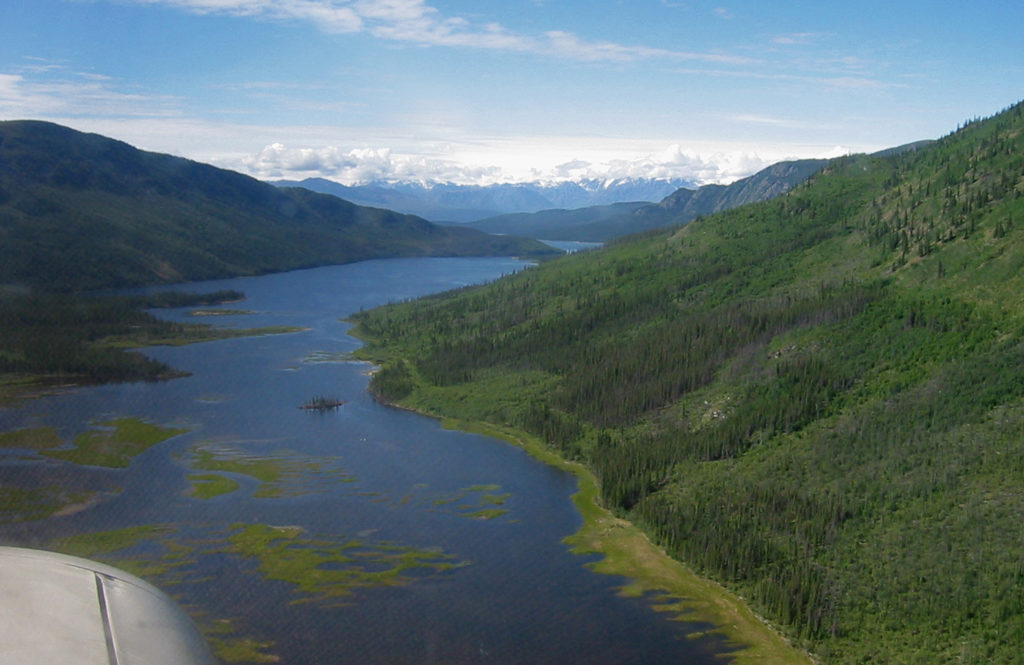
When our inconnu day arrived, I was feeling good. My strategy was that we would need to tempt the fish up from the bottom and that we would have to search for the fish at their feeding depth. Other guests at the lodge had caught four Inconnu by spoon that week and I was confident that the fly patterns I had developed over the winter would do their jobs.

We reviewed our tactics once more and set out by floatplane for our secret inconnu spot. When we arrived, Larry and Ina dropped me off on shore. I was going to fish from an inflatable belly-boat while Larry and Ina fished from the jet boat that already was put on location by one of the local guides more than a week ago. It took a whole day to get the boat there.
The great moment finally came two hours later. I was drifting in the belly-boat when a sudden shout broke the air. “Inconnu. Inconnu” It was Larry, who was with Ina several hundred metres away. I looked up and over in Ina’s direction and all I could see was splashing in the water around the boat she was fishing from. I knew she had done well and was into something big. I also felt a swell of pride. Ina had become the first person at Tincup Lodge to catch an inconnu on a fly.

I was too far away to paddle over and get a picture as she worked the fish, but I was able to get to shore, make an incredible run and be there just in time for the landing picture. It was a beautiful specimen – about one meter, longer than a man’s arm. What I had missed was the spectacular play of the fish. The inconnu is a beautiful tail walker and they seem to do it until they are fully exhausted before being landed.
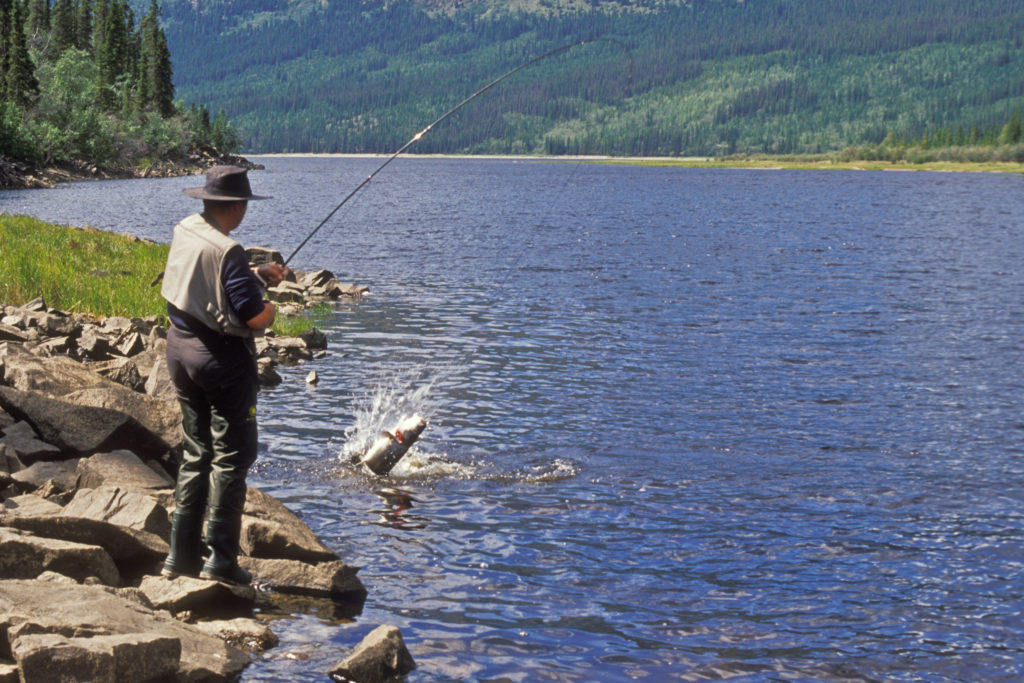

When fishing from the jet boat turned out more successful Larry told me to join them. Within an hour, Ina was into a second fish. I would have been amazed except, I was hooked into one, as well. Almost in the same second we both hooked a fish. That meant they were now in a great feeding mood. While we both playing our fish in same time it was impossible again to get a picture of the amazing leaps of this incredible fighter, better known as the “Tarpon of the North” Eskimo Tarpon or “Fresh water tarpon”. But both were beautiful creatures; Ina’s measured in at 90 centimeters, mine at 89.
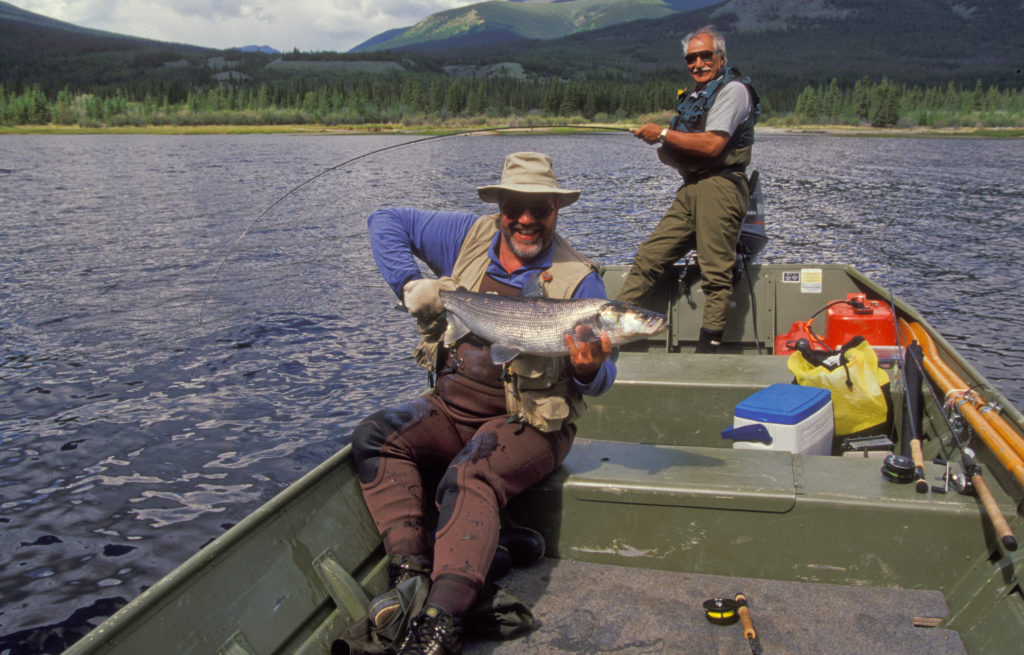
Although Ina and I solved the mysteries of catching inconnu on flies in this particular part of the Yukon, there is still much to learn about this fish. Whatever the case, this is certain: they are amazing fighters, especially when you go for them with lighter tackle, like fly fishing gear. Once hooked, they surface with unbelievable speed. Perhaps they find it easier to shake off the hooks. And when they come up, they tail walk but also are able to make incredible jumps, which I finally was able to see in full glory when Ina hooked her third fish just 1cm short of a meter in length. They seem to like big muddy and silty rivers and their associated lakes. The Yukon has plenty of those, as do other regions of Canada’s North. Some people have told me the inconnu live in the big lakes and spawn in the rivers that feed them. Other stories say they come from regions as far north as the Arctic Ocean and follow the drainages.
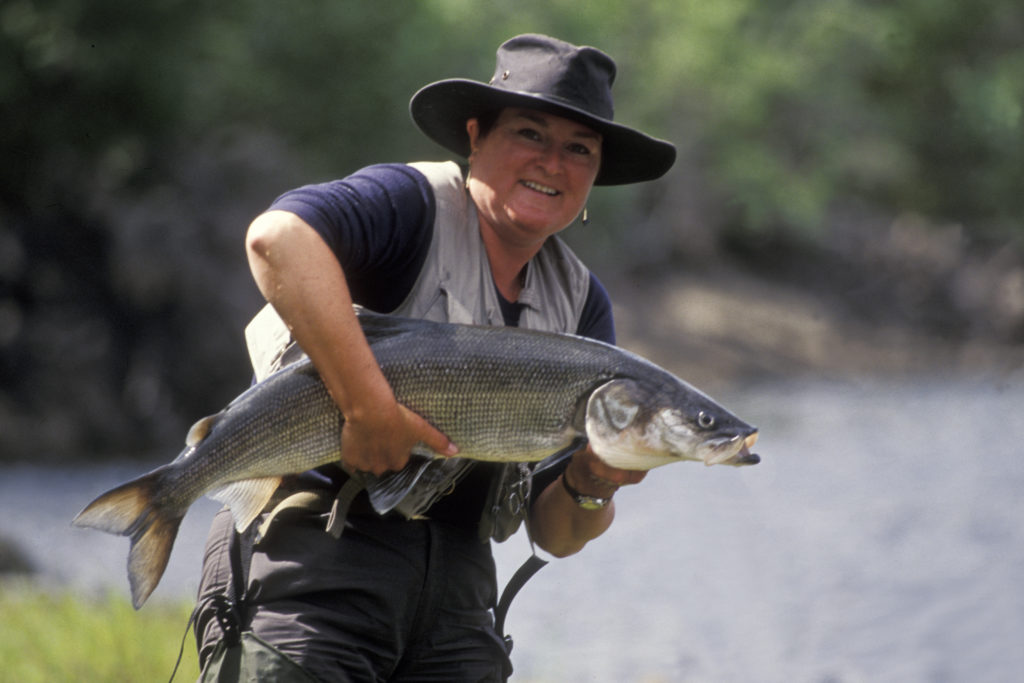
The perfect close to our day came when Larry hooked into in an inconnu on his own, using my rod with one of my special flies. Until then, I had never seen nor heard of inconnu more than one meter long. When Larry got his to the boat, it came in at 124 centimetres. But the image I remember most is that of the fish tail-walking across the water as Larry tried to land it. Then a strong wind came up and I suspect the fish the inconnu were feeding on probably moved to deeper water. We didn’t see another fish. Still, the sight of a fighting inconnu on the end of a fly line was a spectacle none of us will forget.
